
So you have your bee hotel? Great work! Now,
What’s in your native bee hotel?
You will get a number of species of solitary bees and wasps in your bee hotel, including the odd parasite buzzing around trying to lay its eggs in the nests.
When identifying your insects, you can use both the actual insect or the seal of the nest or hole to help identify what you have.
Generally speaking, if it is a mud seal then it is likely a solitary wasp. These are great and while they can sting, they have no queen or community to defend so they are unlikely to worry about you.
And they prey on bugs and caterpillars in the garden so they are a great insect to have around.
The following can be used to help you identify what you have.
Resin Bees
Resin Bees build their nests out of resin. They range in size from about 8 to 14 mm, and are coloured red, orange or black.
There are numerous species and generally easy to identify in your bee hotel by the resin seal, which is made from tree resins or chewed up plant material like the photos below.
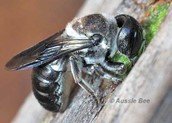
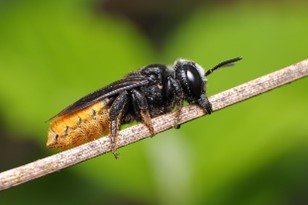
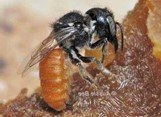
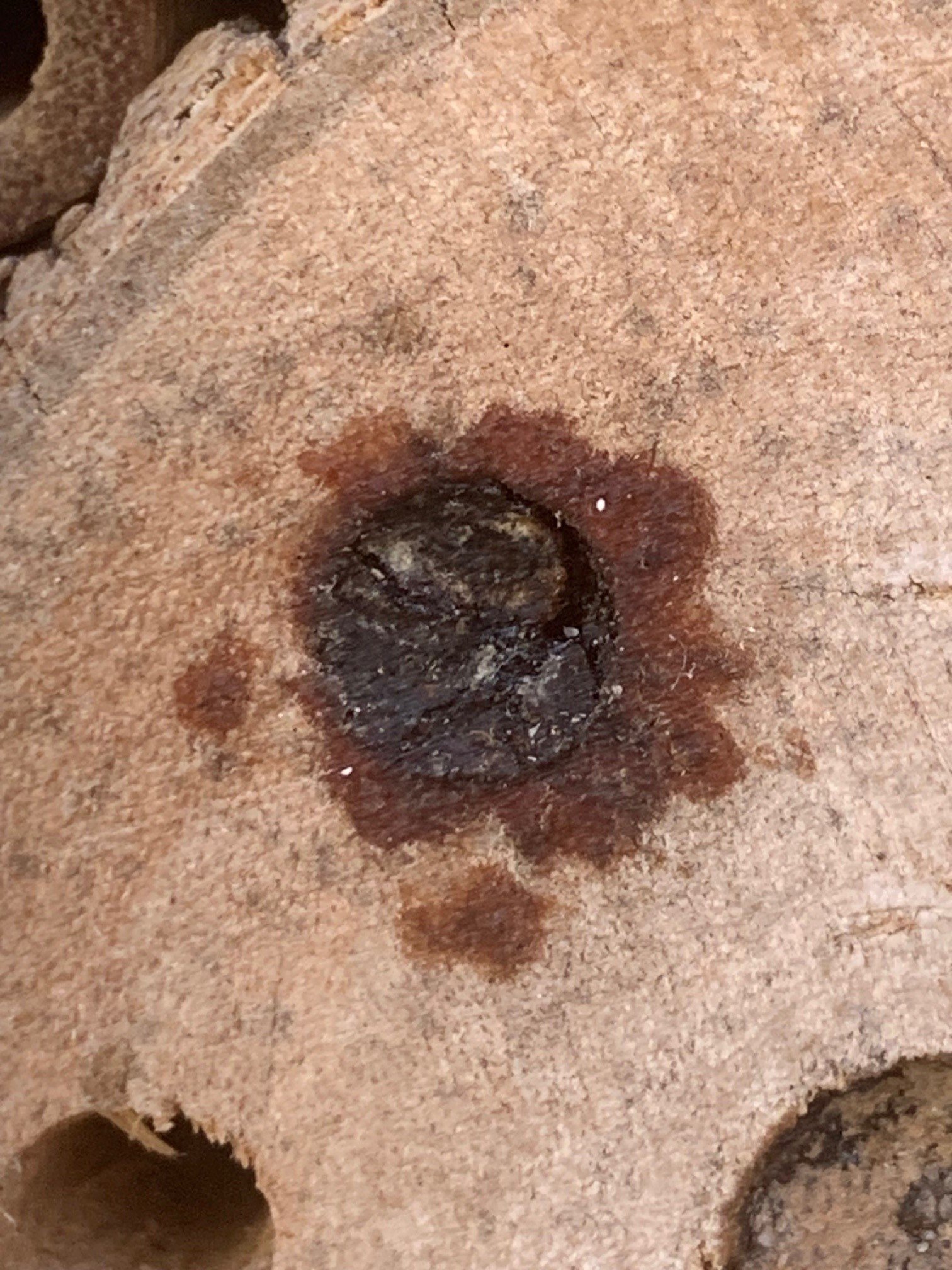
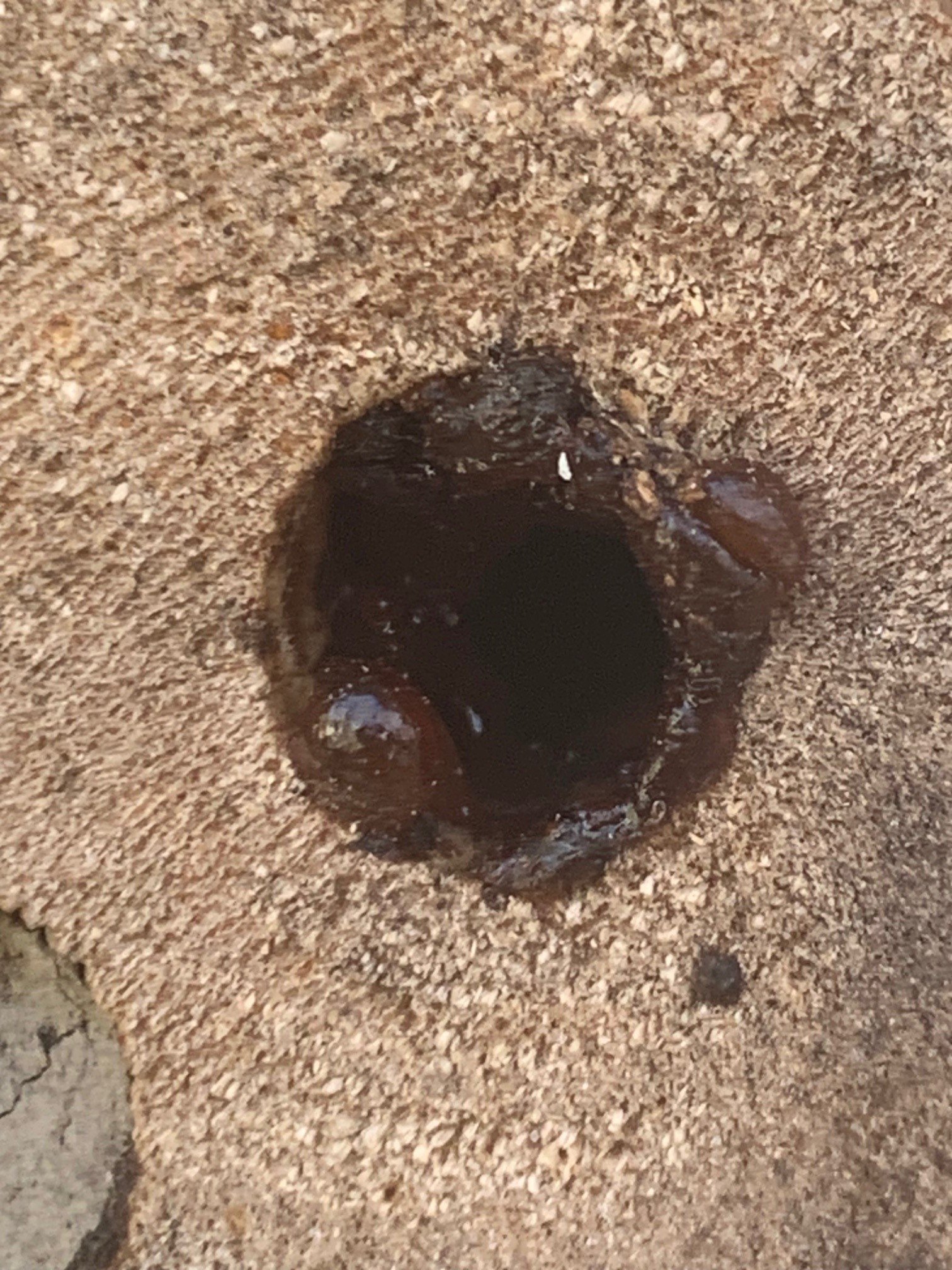
Leaf Cutter Bees
Leaf Cutter Bees are easy to identify. Their nest entrance is closed with bits of leaves!
You can watch these bees return with small pieces of soft leaves that they have cut. They line the nest with these leaves then seal it off.
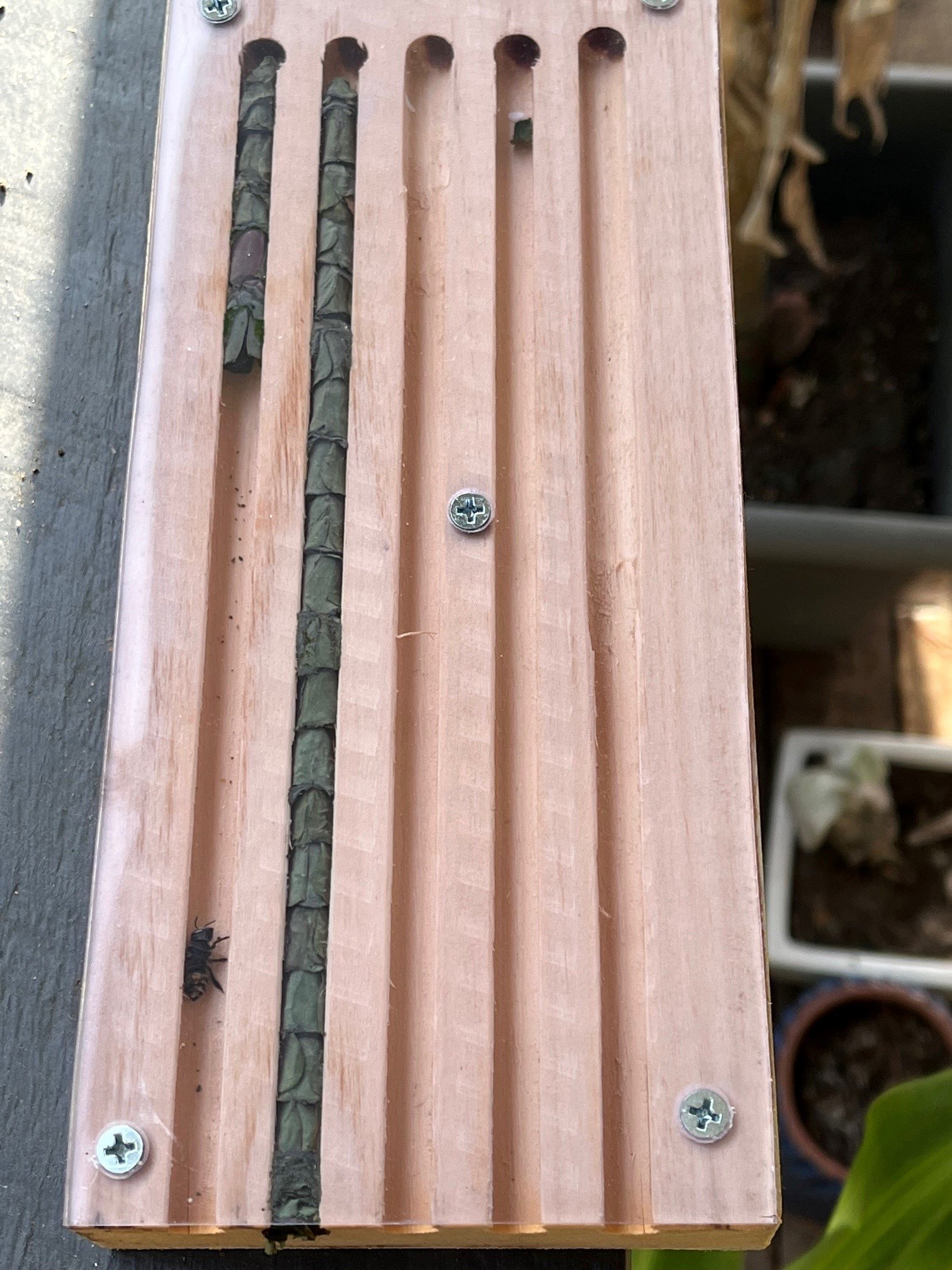
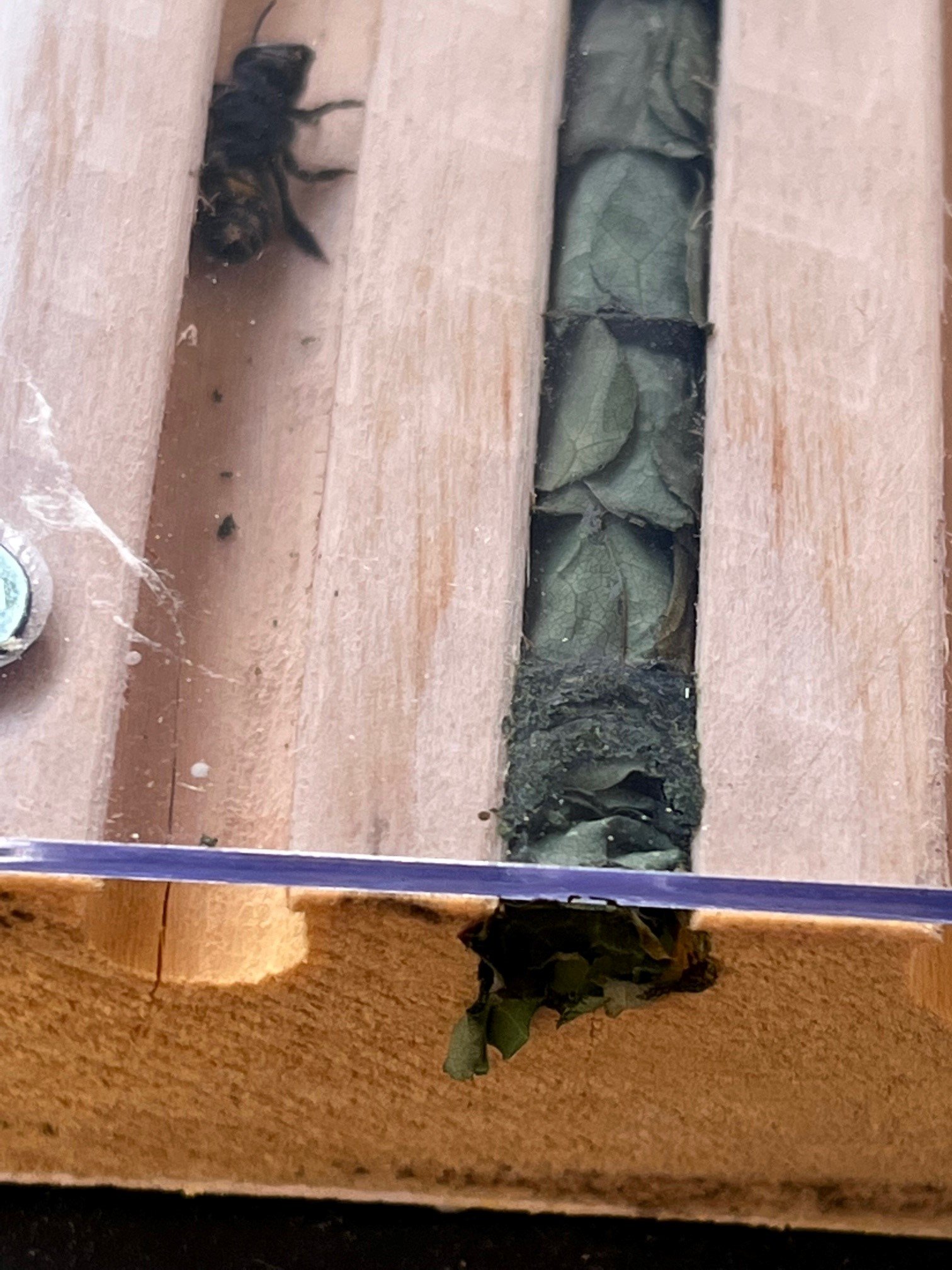

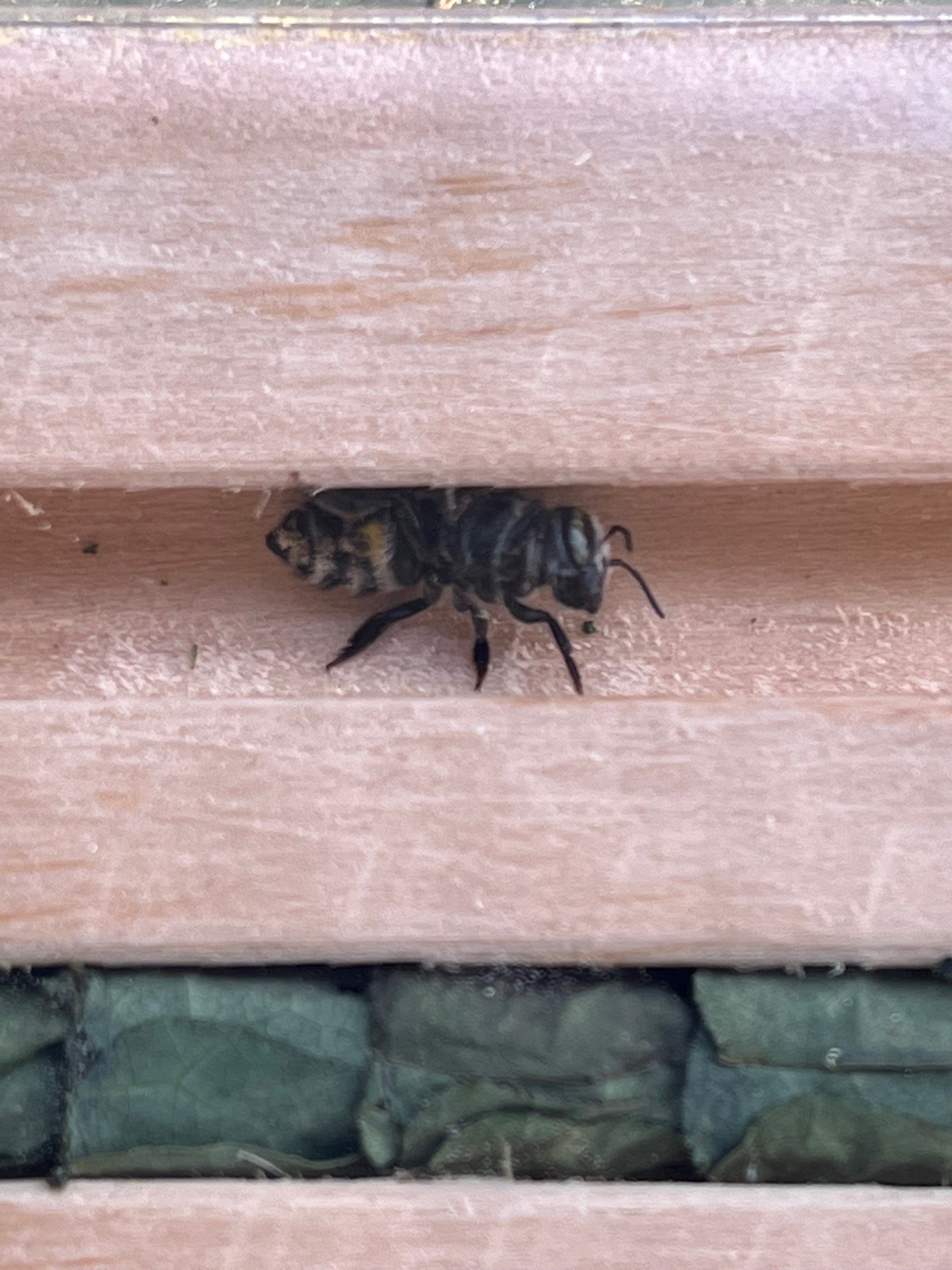
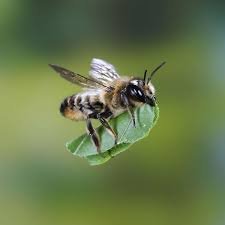
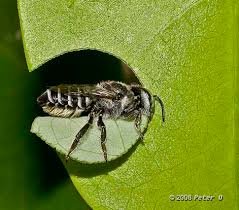
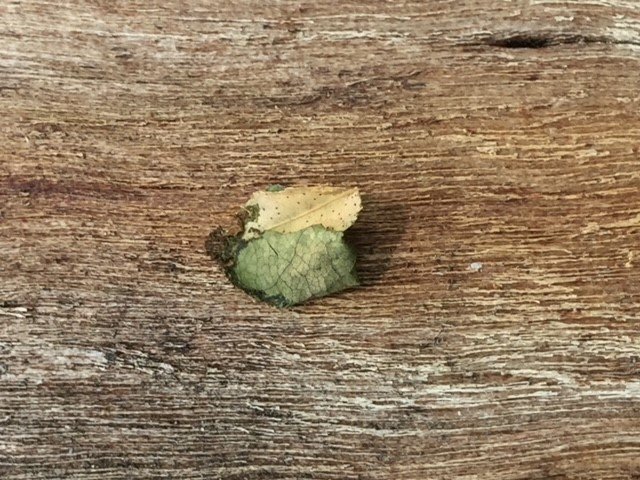
Masked Bees
There are many species of masked bee and they are fairly easy to identify.
Their skin is smooth and glossy black, with colour patterns of yellow, white or orange.
Sometimes called cellophane bees, these nests are identified by the cellophane type entrance the bees make with secretions.
Wasp Mimic Bees
Wasp mimic bees have evolved to look like a dauber wasp to avoid predators.
But they are in fact a native bee!
Her nest is easy to tell from the spider web like pattern of cellophane like strands that she secretes.
When the nest is finished you will see that the final wall is quite full.
Along with native bees, you probably have some wasps living in your hotel!
Potter Wasps
Potter wasps are mud wasps and you will find various species of these in your bee hotels. Some seal their nests with a flat mud seal, others with delicate funnels.
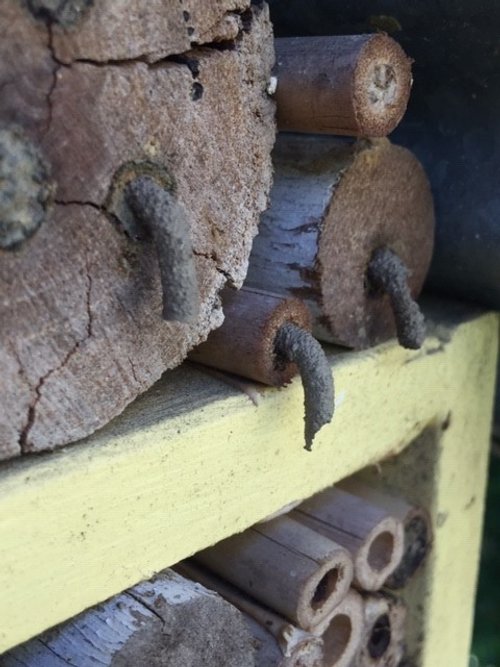
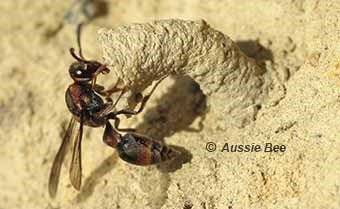
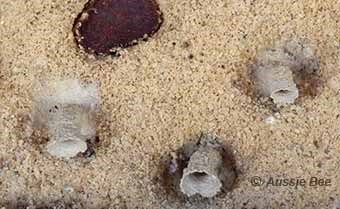
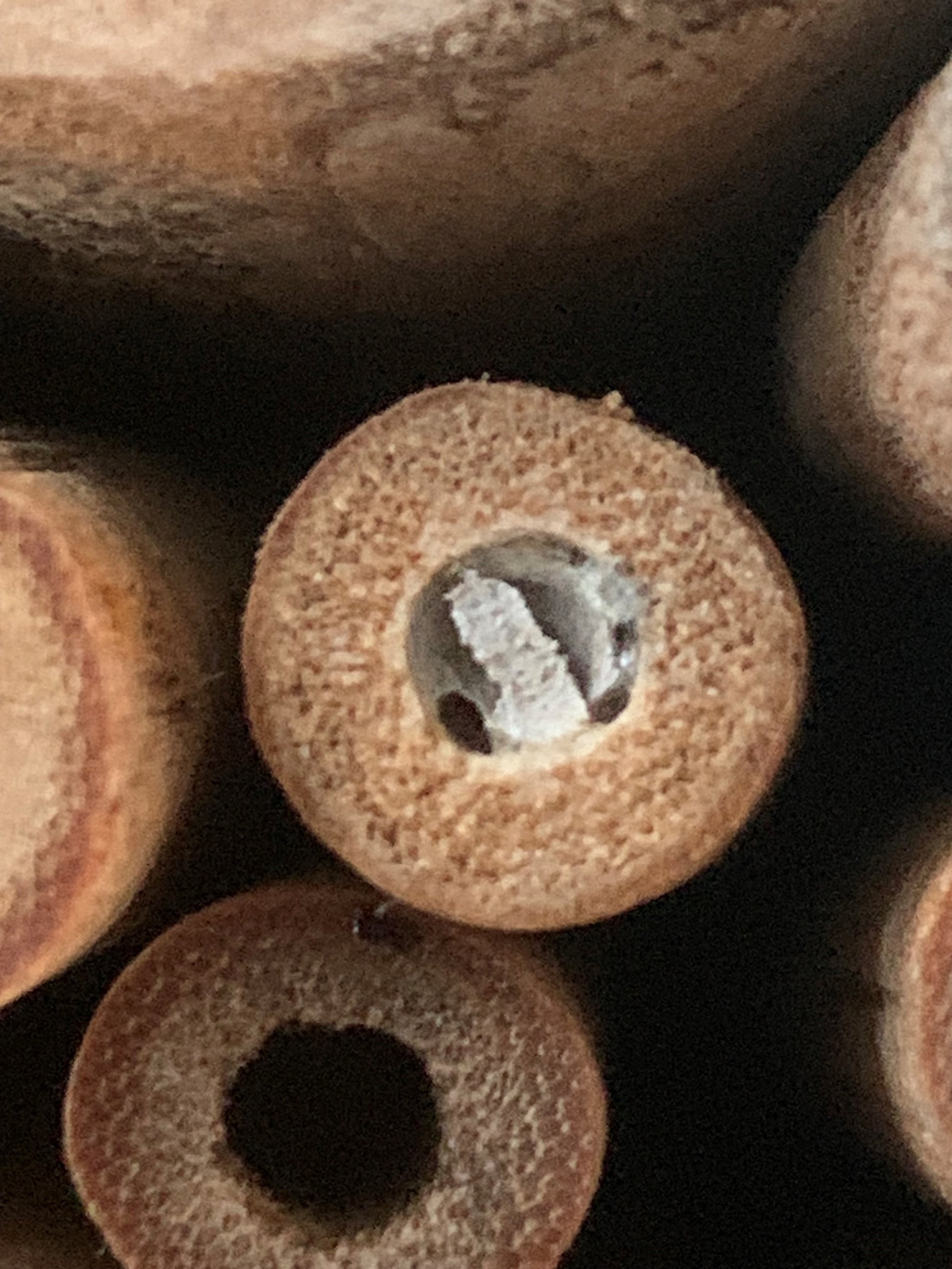
Resin Wasps
Resin wasps nests are generally easy to tell from the hard light coloured resin entrance, generally a lot lighter than the resin bee.
Grass Carrying Wasp
Grass Carrying wasps are another solitary bee wasp easy to tell from the entrance which is made up of large grass or straw pieces.
They generally use the larger holes or bamboo canes so if your hotel is built properly for native bees, it shouldn’t have holes big enough to attract these types of wasps.
Other Wasps
You may find other wasps habituating your bee hotel. Generally you can tell a wasp by its skinny waist and legs.
This is a wasp that regularly inhabits my bee hotels that I am yet to identify.
You’ve probably got some parasites and other insects living there too!
Gasteruptid Wasp
The Gasteruptid Wasp parasitises bee nests. It uses its long ovipositor to lay eggs in the open cells while the bee is away foraging.
Her egg hatches before the bee egg, devours the food and kills the bee larva before developing into a new wasp and hatching.
This is why we promote bee hotels that are at least 100mm deep – to avoid all of the cells being parasitised.
Spiders
Spiders will frequent your bee hotel from time to time. Often they will make a web around a section of the hotel. But they also set up nests for their young in the tubes. This photo is a spider nest. It took nearly 3 months to hatch and when it did the spiders were about 2 mm long.
Spiders may become a problem if they block holes for our other insects so you can just clear away the webs whenever you see them.













